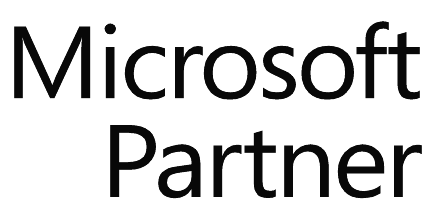Mistakes you should avoid when scheduling agents with Workforce Management technology
Running an efficient and profitable contact centre can be challenging. Scheduling agents to manage the workload is extremely important to ensure service level agreements are constantly met. In order to do so effectively, you need to be able to constantly match your finite staff resources and budgets with the following:
- Different requirements and KPIs as agreed with your internal and/or external customers
- Expected and unexpected fluctuations in the volume of calls
- Expected and unexpected shortages in available resources
- Last minute changes in the scope of a campaign
It is a task that should not be taken lightly as inadequate workforce planning scheduling can grow to be extremely costly. In this post we highlight a couple of mistakes that you should avoid when scheduling resources.
Not allowing for “Shrinkage”
This is a common mistake made by resource planners. Long-term scheduling, especially without shrinkage, will most likely leave you short of resource to meet business demands.
For example, if you are scheduling 12 months in advance and your forecast shows you need 60 agents, you will need to apply shrinkage to ensure that you have the right number of agents available. Let’s assume your shrinkage is of 25%, you will need to schedule 80 agents as 80 minus 25% will leave you with the 60 agents you need.
In order for this to work successfully it is critical you know your shrinkage.
When calculating shrinkage you should factor in planned shrinkages, such as annual leave, and unplanned shrinkages, like sickness. Also, when an agent is scheduled to be working a task, e.g. Phones, and they are not working on it, this should also be included in your shrinkage calculations. It is very beneficial to understand, as a percentage, how much time is lost by agents not doing what they should be doing or being absent as this percentage will be instrumental when forecasting and scheduling.
So why is shrinkage important? Over the course of the next 12 months you will lose cover due to absenteeism, other activities being scheduled etc. Shrinkage prepares you for these unforeseen circumstances and helps ensure you will have the number of agents needed to meet customer demands without overstaffing. In the example above, if shrinkage hadn’t been taken in consideration, you could have been left with 45 agents (60 minus 25%) instead of 60.
Not using Self-Service functionalities
Employee engagement is important in helping contact centres deliver high levels of customer service as well as decrease agent turnover and reduce overall operational costs. Tools like self-service can help agents feel more in control of their schedule and easily communicate with you and each other to establish more suitable working hours. Some examples of flexibility options available for your employees include:
- Overtime availability
- Preference scheduling
- Flexi-shifts
- Home working
Most employees today are looking for work flexibility to accommodate for their busy and complex lifestyle schedules. For example, employees with children or in education may prefer to take shifts which allow them to meet their other obligations as parents and students. By taking these factors in consideration during the planning process, employees are able to personally create a working schedule suitable for them and the company, which inevitably results in higher levels of employee engagement.
Moreover, through self-service agents are able to manage, view and evaluate their own performance levels without always having to consider management input. Through the portal agents can view their KPI dashboards and reports allowing them to keep track of personal performance and quickly identify areas for improvement.
Failing to ensure “Fairness” when scheduling shifts
Having the right resource planning scheduling tools will also help ensure agents are happy. If agent morale is low there will likely be a decrease in productivity, as well as a reduction in uptake of “hours needed” when overtime is required to ensure there are sufficient agents to meet demand. “Fairness” is extremely important to ensure agents feel valued within the company and thus work harder to reach targets.
You can achieve “fairness” easily by ensuring shifts are set up correctly within your WFM solution to guarantee equal distribution of shift categories among agents. For example, if shifts from 8pm – 4am, 12am – 8am and 1am – 9am are all classed as “Nights”, and you are not using the right scheduling tools to fairly distribute the shifts, you may end up with Agent A having 5 x 8pm – 4am shifts and Agent B having 3 x 12am – 8am and 2 x 1am – 9am shifts; an unequal distribution that would be unfair to Agent B.
Final thoughts
Call centre software such as Workforce Management solutions have come a long way and are able to make a significant difference in the way workforce planning and contact centres operations are run. However, to get the most out of a WFM solution, you need to make sure that a) you carefully choose the right solution that can meet your specific requirements and b) you develop internally the skills to fully take advantage of the features and functionalities provided by the solution. An experienced delivery partner should be able to help you throughout the process, from needs analysis to solution selection to implementation, training and deployment.






